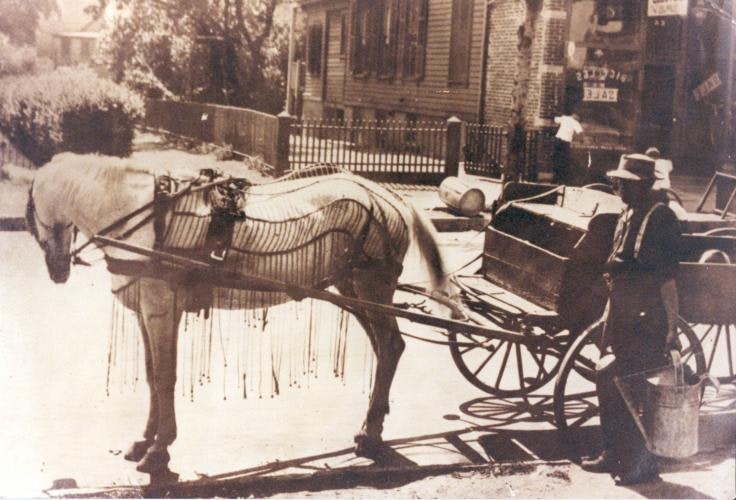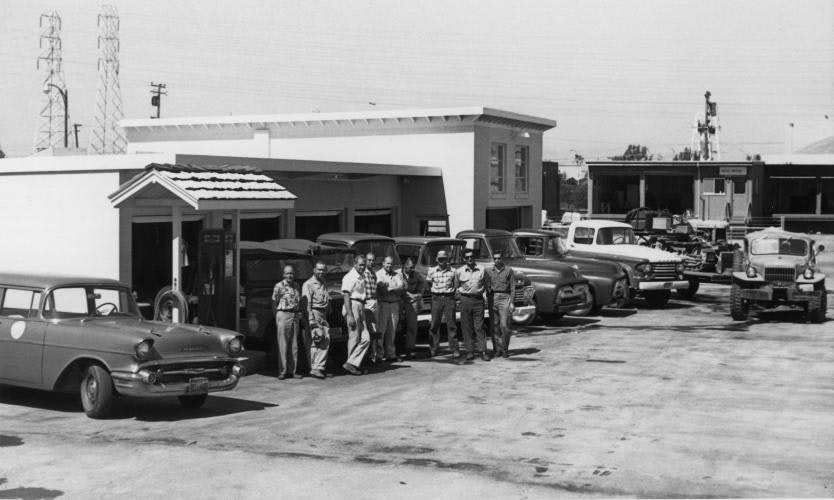District History
The mosquito control program in San Mateo County is one of the oldest in the United States. Control work was initiated in 1904, when the Burlingame Improvement Club asked entomologists from the University of California to assist them in developing a plan to fight the city’s mosquito infestations. H.J. Quayle, an entomologist with the University Experiment Station, conducted a preliminary survey. He determined that 95% of the mosquitoes biting residents were arising from diked reclaimed salt marshes along San Francisco Bay. A control plan was developed which included ditching, repair of existing dikes and tide gates, and filling of low areas. These physical control measures were to be supplemented with oiling of the remaining standing water.

The plan was implemented in 1905, with funds provided by the Burlingame Improvement Club. This program continued for the next seven years. However, its funding dwindled over time with a corresponding decline in effectiveness.
By 1912, several levees had broken due to lack of maintenance and mosquitoes had become unbearably abundant. The Peninsula Hotel, a famous resort in San Mateo, was closed in mid-season, and property values dropped to such an extent that something radical had to be done. The Three Cities Mosquito Control Committee (San Mateo, Burlingame and Hillsborough) was formed in 1913. Drainage ditches and levees were repaired and extended, and mosquito control by the use of oils was resumed. The effectiveness of this campaign became known throughout the country.
Elaborate plans were laid for expansion of the program to include the entire bay side of San Mateo County in 1914. But after initial success, the project was dropped. Within a month, a levee had broken, and the area again became heavily infested with mosquitoes.
In 1915, the California legislature passed the Mosquito Abatement Act, which gave local governments the power to obtain revenues and form special districts to control mosquitoes and protect citizens from mosquito-borne diseases. The Three Cities Mosquito Abatement District, which encompassed San Mateo, Burlingame, and Hillsborough, was formed in December of 1915, with services beginning in early 1916. It was one of the first three districts formed under the Act. Soon after, the Pulgas Mosquito Abatement District was formed in southern San Mateo County.

These two districts merged in 1953 to form the San Mateo County Mosquito Abatement District, which covered most of the eastern side of the county, from Skyline Blvd to San Francisco Bay, south of the city of San Bruno.
In 2003, North and West San Mateo County voters approved the approved a ballot measure to join the District.
Control methods have evolved over the years. Physical control measures are still used to the extent possible. For example the District works with property owners on the design of wetlands restoration project, providing guidance to help minimize mosquito issues. During the 1970s and ’80s new materials became available for biological control of mosquito larvae in the United States. These include the bacteria and growth control hormones that are the primary materials used to control mosquitoes in the District today. These are highly specific to mosquitoes and have minimal impact on other organisms.
On April 8th, 2008, San Mateo County Board of Supervisors passed a resolution to transfer specific vector control operations and responsibilities to San Mateo County Mosquito Abatement District. San Mateo County Mosquito Abatement District Board of Trustees reviewed and approved the transfer of services resolution during the board meeting on April 9th, 2008, along with a name change to San Mateo County Mosquito and Vector Control District.
Page last reviewed: January 3, 2025
